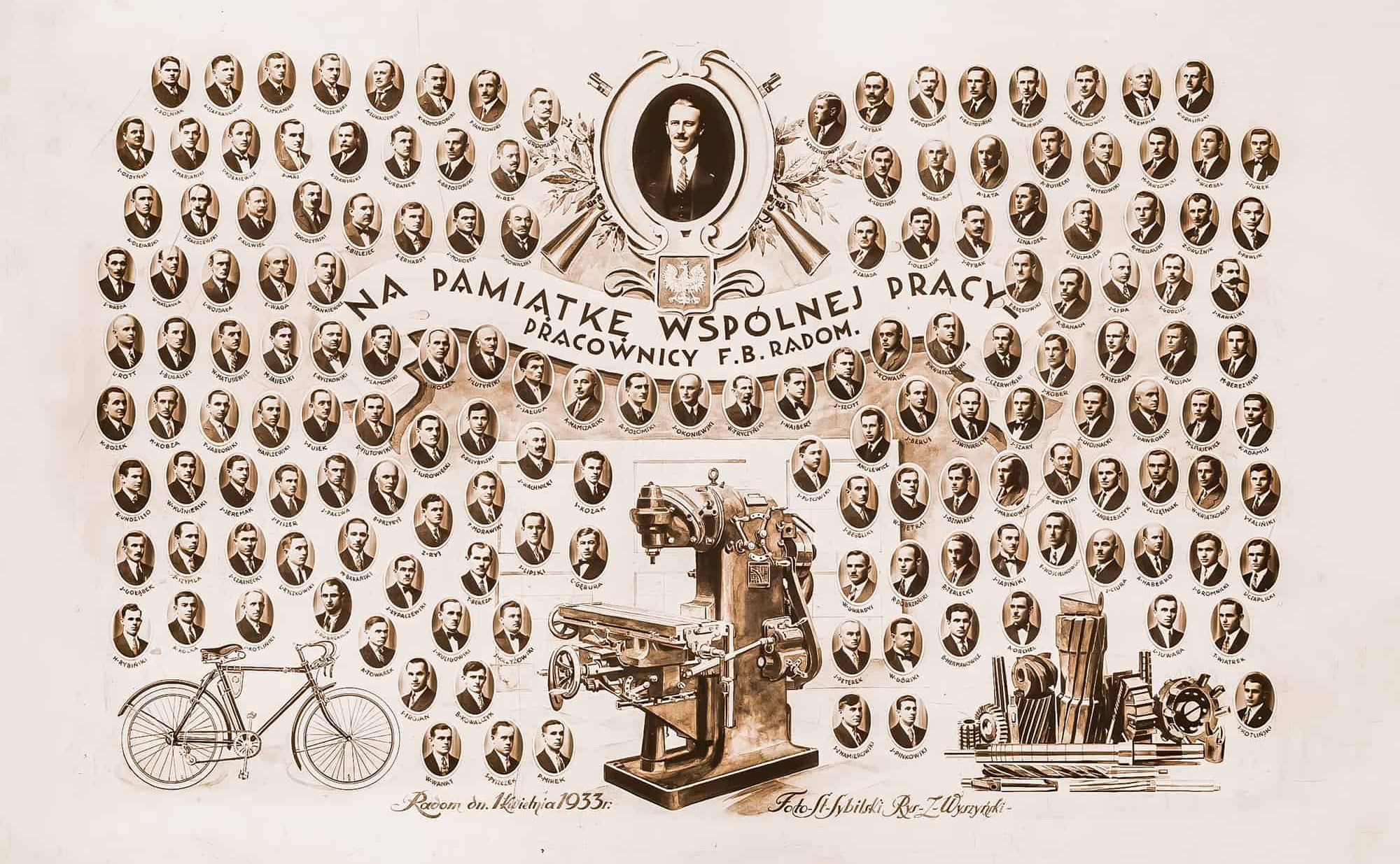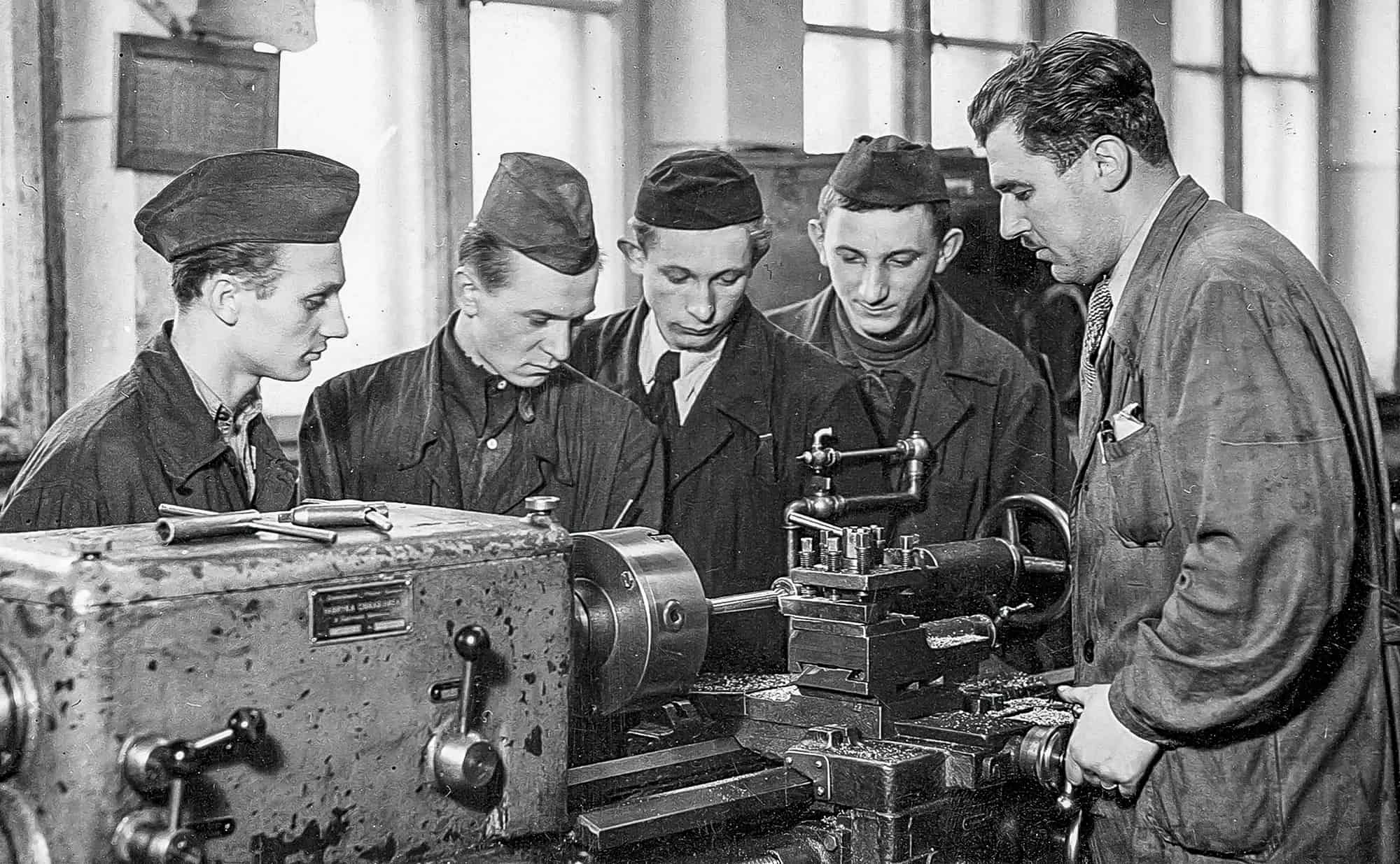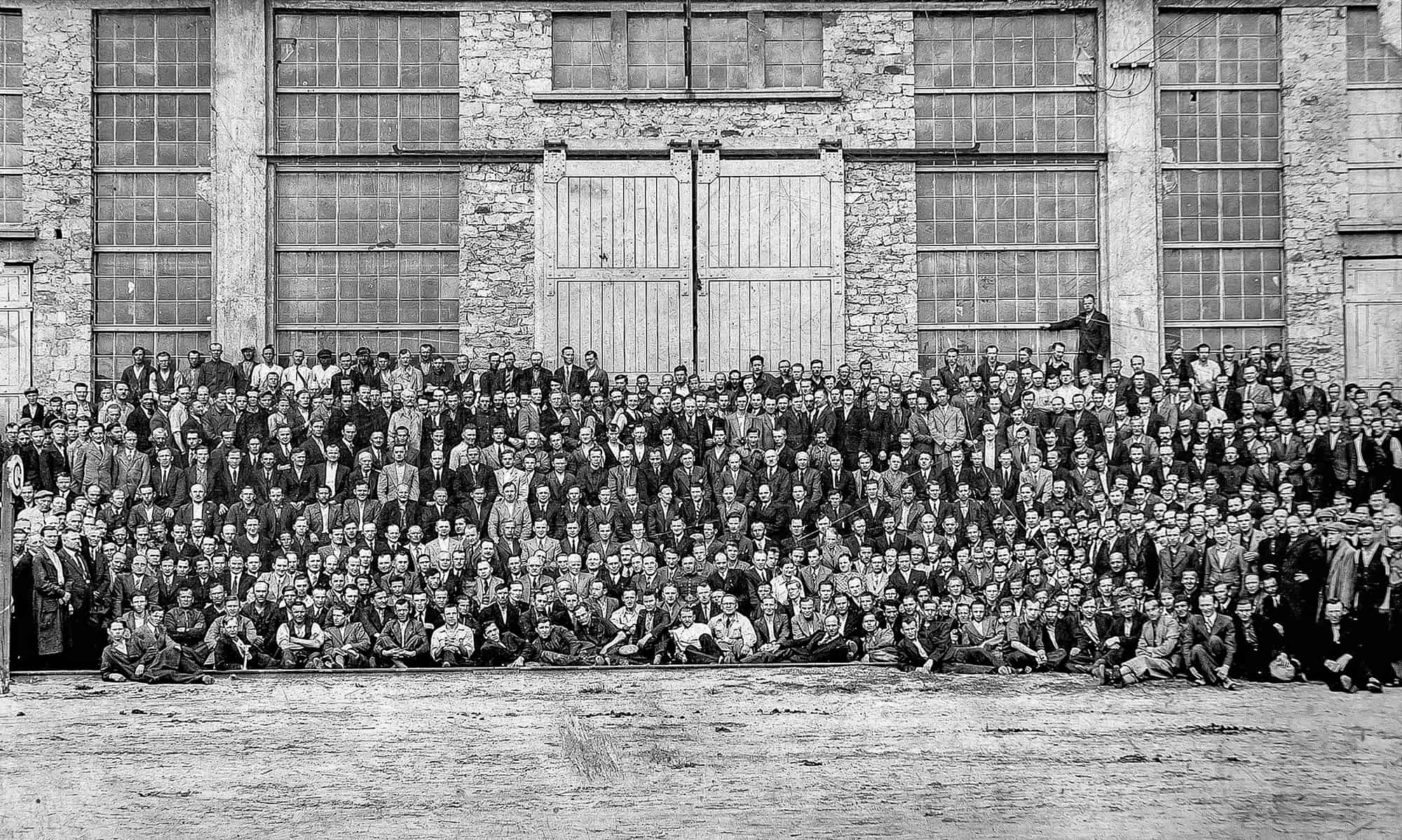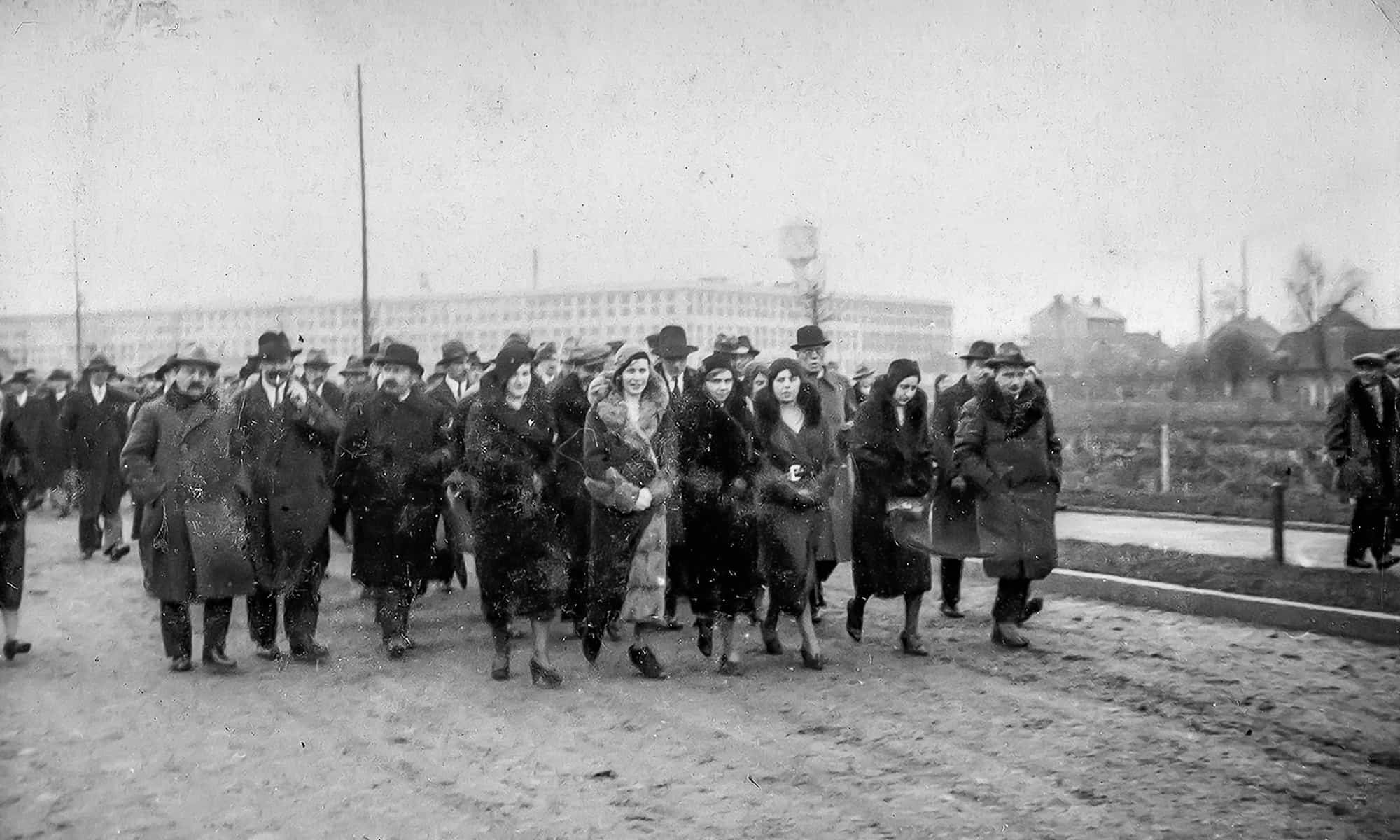FB RADOM
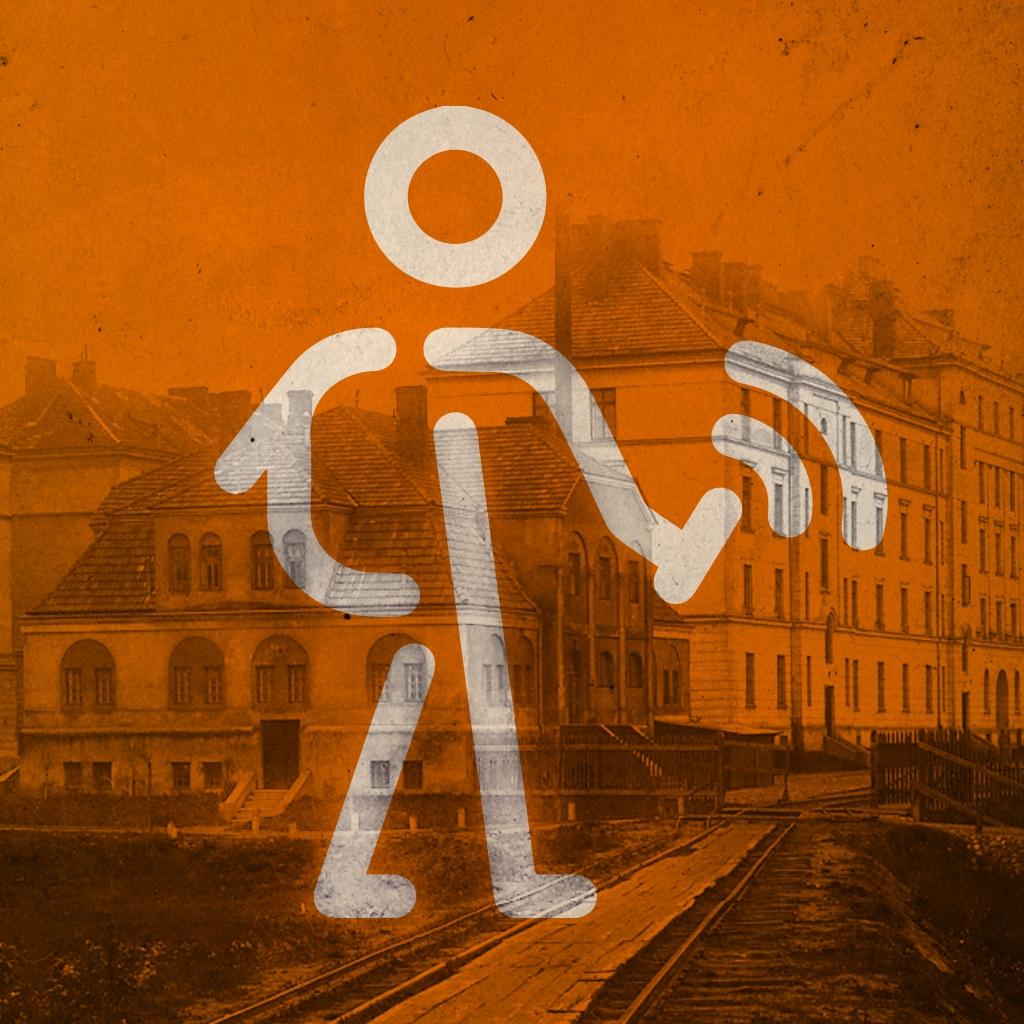
Listen to the audio guide
Part 1
Part 2
The decision to build its own arms industry was the result of the complicated situation in which the Second Polish Republic found itself after World War I. The resurgent state fought wars on almost all of its borders. It also had to face a massive Bolshevik invasion. In these battles, the hastily formed Polish army immediately needed huge amounts of rifles and ammunition. The first units of the Polish Army, formed in 1918, were equipped with weapons from the resources left by the invaders, i.e. Austrian, Russian and German. In contrast, the nearly 80,000-strong “Blue Army” that arrived in the country in 1919 was armed with French weapons. When, in the autumn of 1920, the Polish Army numbered about 900,000 soldiers, it was equipped with rifles of several dozen different models, designs and calibres. This caused huge problems, e.g. with ammunition supply, but also made the army dependent on foreign supplies. Under these circumstances, the idea of building our own arms industry and unifying the small arms used by the Polish Army was born.
The decision to build a state arms industry was made by the Economic Committee of the Council of Ministers on April 29, 1922. That same year, the Ministry of Military Affairs approved a proposal to locate the new plants in the so-called safety triangle. This map also included Radom as a place where a modern arms factory was planned to be built.
The advantages of Radom, which determined the choice of the city for the site of the new armament plant, were:
– location on the route from Warsaw to Kraków and the railroad line from Dęblin to Dąbrowa Górnicza,
– the existence of numerous metal works, foundries and the city power plant,
– the operation of many vocational schools ready to train a technical workforce,
– human resources due to population density and high unemployment rate.
The site chosen for the plant was the former Mariackie farm, located on the railroad line near the station and siding. Work at the design stage and project implementation was led by Andrzej Dowkontt, engineer, the first director of the State Weapons Factory in Radom, and his deputy, Lt. Col. (ppłk) Stanisław Siczek. Work on the construction of the plant began in 1923, and by 1925 the plant began production.
Since 1924, the plant began to be equipped with machinery for the manufacture of weapons. Most of them came from the German rifle factory in Gdańsk, which was taken over by the Polish authorities. This factory produced reliable German Mausers. Taking over the equipment for their production and technological documentation decided that the Mauser system rifle was chosen to be the basic rifle of the Polish Army, and its production was to be handled, among others, by the Radom factory.
Initially, only the initial phase of rifle production took place in Radom, which was completed at the Rifle Factory in Warsaw, but already in 1927 the Radom Weapons Factory launched the full production line of Mauser rifle model 98 and handed over the first batch of 10,000 pieces to the army.
In 1927, the consolidation of the arms industry led to the creation of a consortium under the name State Weaponry Works (Państwowe Wytwórnie Uzbrojenia) in Warsaw. It was formed by several armaments plants, including the Radom Weapons Factory, which from now on was called the State Arms Factory (Państwowa Fabryka Broni) in Radom.
The name change went hand in hand with changes in the Radom plant’s management positions. Since 1927 the director of the Weapons Factory in Radom was engineer Kazimierz Ołdakowski.
The years 1927-1939 were the peak years of the factory’s development. The plant was then incorporated into the Central Industrial District and became a leading manufacturer of basic small arms for the Polish Army. It is estimated that by 1939 the Weapons Factory in Radom produced over half a million weapons, most of which were infantry rifles of the Mauser system, as well as pistols of the model 35 Vis and Nagant revolvers.
In the 1930s, the Radom Weapons Factory also developed civilian production. Among other things, it produced hunting rifles, metalworking machines, and, shortly before the outbreak of war, steering wheels for “Sokół” motorcycles. However, the biggest success of the factory in the field of civilian production were “Łucznik” bicycles.
The strength of the Weapons Factory in Radom was its staff and qualified personnel. It has managed to win them over primarily with the offer of relatively high salaries and the allocation of attractive apartments. This guaranteed the employees a stable living in the difficult times of the interwar period. The work in this factory was prestigious, that is why engineers from other industrial centres in the country came to Radom. In 1926, 800 workers were employed here, and the number grew as the factory developed. By 1928, the crew already numbered 2,000, and by the late 1930s, over 3,000 people. The factory’s workers were dominated by residents of the city and surrounding areas, while the management came from many places in Poland and abroad. Professional staff and qualified personnel guaranteed high quality and production efficiency. The ethos of reliable and solid work, common in the plant, resulted from such an understanding of patriotism during peace time, and during the war resulted in the involvement of many members of the crew in underground activities. After the war, the factory, destroyed and looted by the German occupants, was rebuilt with difficulty. In the times of the Polish People’s Republic, the company was developed in the spirit of economic concepts of the so-called real socialism. It was renamed, but also successively expanded, increasing the number of employees. In the 1970s, General Walter’s “Predom – Łucznik” Metal Works employed about 10 thousand people.
In 1976, a workers’ protest against the communist government began here, which went down in history as “Radom June ’76”. Many participants in the Radom protest, including workers at the Metal Works, were repressed, tried and convicted. Of the 940 people fired from their jobs for participating in the protest, 360 were employees of the plant. The trials and persecutions of the participants of “Radom June 76” were the impulse that triggered the organised help action for the aggrieved. This is how the Workers’ Defence Committee (Komitet Obrony Robotników) was born – the first officially active opposition organisation to the communist regime in the Polish People’s Republic.


